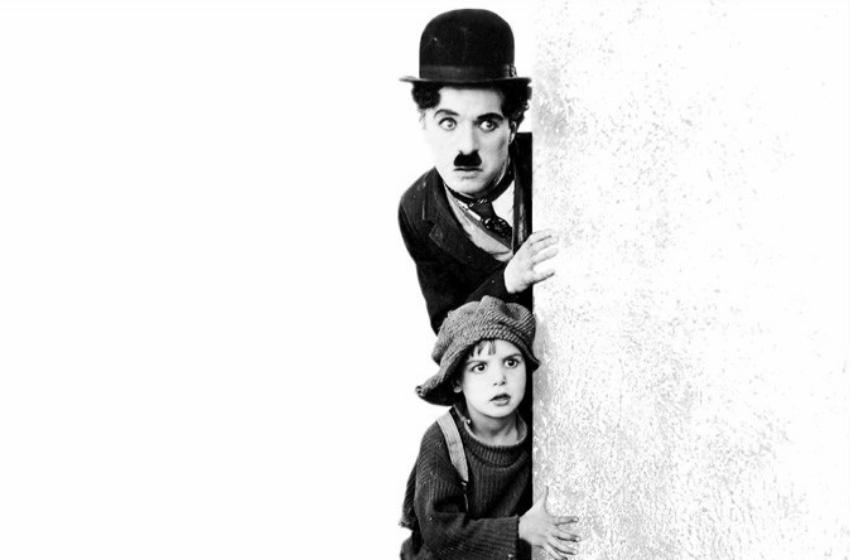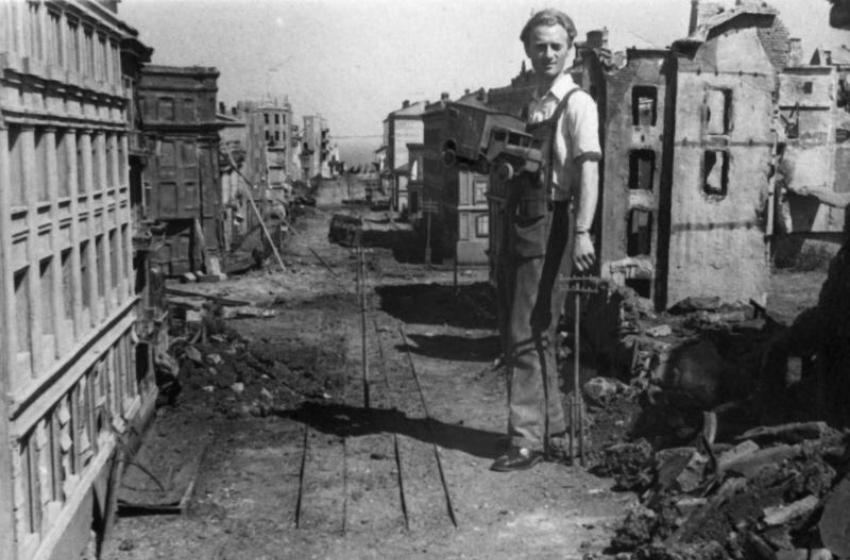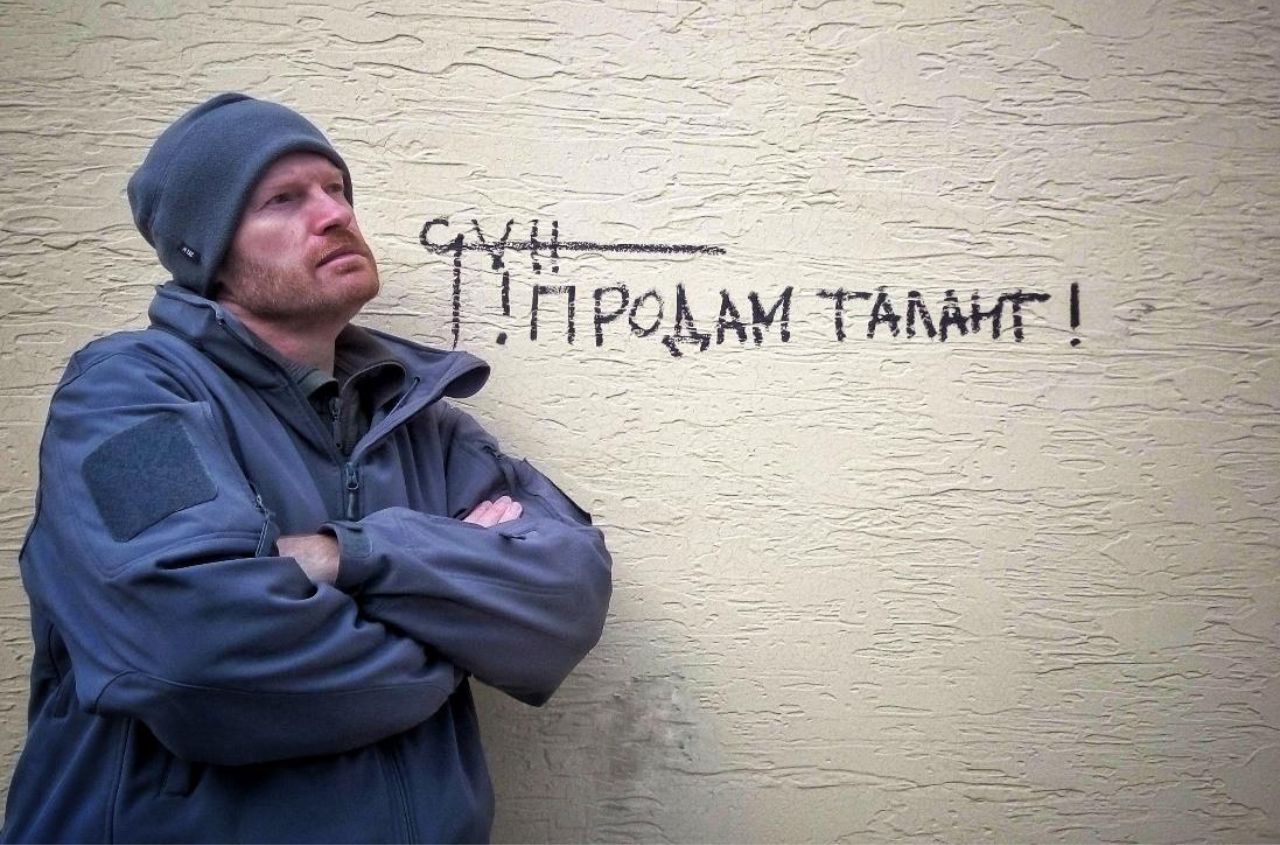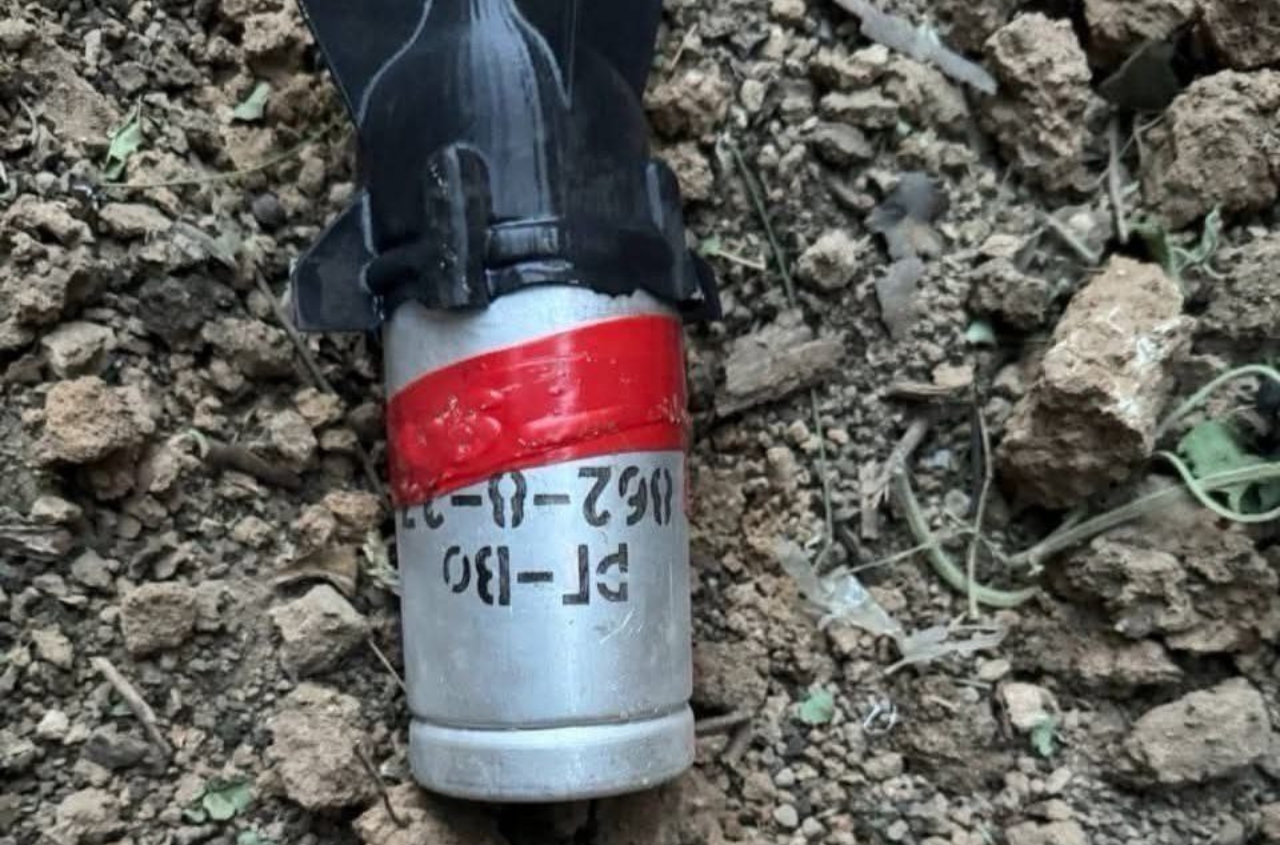The funeral of the initiator of the uprising, artillery quartermaster Vakulenchuk, was highlighted with the legend: "For the spoonful of borscht". The interesting story about the creation of the iconic movie "Battleship Potemkin".

To understand better why Sergei Eisenstein's film "Battleship Potemkin" made the effect of an exploding bomb all over the world, you need to understand how low was the cinema level at the beginning of the 20th century. It was an art for the poor people. In the entertainment hierarchy, music and theater were at the top, whilst the place of cinema was at the very bottom, somewhere between the circus and the fair. Tobacco smoke, seeds, bursts of laughter, obscenities and witty comments from the audience. Then inviting an intelligent girl to the cinema was about the same as inviting her to watch the performance of the midgets today.
The plots of the films were incredibly primitive. The heroes chased each other, fell into a river or into a muddy puddle; the wife beat her husband who came home drunk; the hero was poured with water; the husband quarreled with his mother-in-law, who, as a result, beat him. Actors were often required not to be dramatic, but to fall effectively in front of the camera. Before the outbreak of the First World War, there were no professional actors in the cinema at all: workers from theaters, circus and stage were invited for filming. At the same time, famous theatre actors despised him.
Cinema is for fairgrounds
Little by little celebrities began to appear on the screen. Melodramatic films about fatal love were added to the comedies full of cracks. As a result, the range of films has expanded slightly.
The quality of shooting the first movies was also poor. Everything was filmed in one shot, without editing and panning. The cameraman set up his camera so that the whole set was in the frame. Characters were always shot in full height, without dividing into medium, close and general shots. If the actor crossed the allotted boundaries, indicated by the slats nailed to the floor, and his legs were cut off by the frame, the take was considered defective, because "a person cannot walk without legs.". There was no lighting profession either; the movie was shot in sunlight. But by the mid-1920s, more advanced cinema cameras appeared. And the directors began to develop a new language for cinematography. Eisenstein did a lot for this.
In 1925, the Bolsheviks were going to celebrate a round date: the twentieth anniversary of the First Russian Revolution.
The script was approved only in June, and the premiere was supposed to take place no later than December. After all this is an anniversary. The shooting was entrusted to a young 27-year-old director Sergei Eisenstein. According to the original scenario, the movie was supposed to include many episodes related to the 1905 revolution: the Russian-Japanese war, the massacre of Armenians, the revolutionary events in St. Petersburg, the battles in Moscow. They were going to shoot "1905" in Moscow, Leningrad, Odessa, Sevastopol, Krasnodar, Tiflis, Baku, Batum, Shusha, Makhinjauri, Zlatoust, etc., But there was no time at all, and it was decided to shoot only Odessa: the uprising on the ship "Prince Potemkin-Tavrichesky".

The actors' play looks very unusual today. How they all monstrously overplay. The need for such a pantomime was dictated by the fact that cinema was silent and facial expressions were one of the main means of influencing the viewer. Nobody knew what the movie should be like. And the cinema was sculpted from the theatre. Theatrical people call it "fussing with their face"; to play so that the emotion is read even in the gallery. Hence all these wide open mouths, bulging eyes, wringing of hands and so on.

Another legacy of the theater is flat genre characters. All these heroes, simpletons, villains, resonators, ingenue and sabrets. Characteristic actors. The film operates with clichés, a sly pop, an arrogant captain, a puny intellectual in pince-nez, a simple sailor.

But if people from the theatre went to actors and directors, then artists and photographers became cameraman. And this is where the fun begins. Because the film is incredibly cool for its cinematography. Cinematographer Edouard Tisse, who directed all of Eisenstein's films, trained as both an artist and a photographer. And he knows what composition is.

This is the work of a highest level professional. These frames can be used to make posters. Photographers generally like to pay attention to what ordinary people pass by without thinking.

A true photographer understands what miracles can be done with light. Actually, photography was called light painting.

See how much work with light is in the frames. Let's go in order. Captain Second Rank Gilyarovsky is a villain. Bottom lighting to accentuate a scary face, try lighting yourself from below with a flashlight at night, looks ominous. But this is a kind-hearted and merry fellow Grigory Aleksandrov, the future director of "Merry Fellows" and "Volga-Volga". He worked as Eisenstein's assistant. There are scenes in the film when sailors throw officers overboard. They were filmed in December in Sevastopol. The artists refused to fall into the icy water and Aleksandrov did it for them.
Sailor in the shade of the grate. A feeling of bondage is immediately created. Then this technique is replicated in many films. Think of all those streaks of light in front of the actors.
Funeral of the initiator of the uprising, artillery quartermaster Vakulenchuk. The face fades into the shadows, the audience says goodbye to the hero. Highlighted with light "For of the spoonful of borscht".
The ship's priest Father Parmen. Back and side lighting and a separate narrow beam of light illuminate the cross to make it shine.

Eisenstein creates a new language. He thinks out how to show the fear of punishment in the movies, hanging sailors appear on the yards and then disappear. Nobody had done this before. For general shots, he removes a small model of the ship; the audience has not yet been spoiled by special effects. He comes up with a story with a revived stone lion, when "Potemkin" fired five cannon volleys (of which three were blank) at the Odessa Opera building, in which the military tribunal was sitting, the sleeping lion wakes up in anger. The revived lion makes a strong impression on the audience.

Many people mistakenly believe that the Potemkin Stairs in Odessa is somehow connected with the name of His Serene Highness Prince Grigory Potemkin. In fact, this building was built on the initiative of another Prince, the Governor-General Mikhail Vorontsov, and for a long time had no official name at all. And they began to call her Potemkinskaya after the film.
Historically, there was no shooting of people on this staircase; the director invented it. According to Eisenstein himself, the idea to film the execution came to him when he was sitting on this staircase, eating cherries, and the stones were jumping up the steps.

Eisenstein's stroller with a child will be caught later by the hero of Brian de Palma's film "The Untouchables". This story will be cited by Terry Gilliam, Francis Coppola and Woody Allen. It will be a joke in "The Simpsons", "Deja Vu" and "The Naked Gun".

On the Potemkin's mast the signal flag “OURS†was raised. In the naval signaling, it meant readiness to fire. And its meaning was this: do not try to shoot at us, the ship is ready to answer. By the way, the red flag on black and white film would look black. And Eisenstein has shoted the white flag.
The movie created the strongest impression abroad. Especially in Germany. Everyone there remembered the Kiel uprising of sailors in 1918, when some of the crews of the battleships "Thuringia" and "Helgoland" refused to carry out the combat order. More than a thousand sailors were then arrested, and a peaceful demonstration of sailors demanding the release of their comrades, and the Kiel workers who joined them, demanding "bread and peace", was shot by a military patrol. And this led to the German November Revolution.

Charlie Chaplin called Potemkin "the best painting in the world." Critics around the world have compared the film to the Iliad and to Beethoven's Ninth Symphony. There has been a call for a special Nobel Film Prize for this film.
The film was also highly appreciated by the Minister of Propaganda of the Third Reich, Joseph Goebbels, who, at a meeting with filmmakers in 1933, said:
This is a wonderful movie. From a cinematic point of view it's incomparable. Anyone who is not firm in his convictions, after watching it, perhaps, could even become a Bolshevik. This proves once again that a certain tendency can be successfully incorporated into a masterpiece. Even the worst ideas can be promoted through artistic means.
Joseph Goebbels
Therefore, Goebbels banned it from being shown in Germany, adding to the list of the most potentially dangerous works of art.
When the film was shown in Holland, the most "dangerous" places were accompanied by special "comments". Before the scene of the execution on the Odessa stairs, there was an inscription: “The horrors of the revolution. The innocent die, while the culprits avoid the bullet. Praise God that we are protected from such events."
France allowed screening of the movie in 1953. Great Britain in 1954. Japan in 1959. Portugal held out until 1975.

Goebbels was right. It was a provocative movie. In 1933, an uprising began on the Dutch warship De Zeven Provincien (Seven Provinces). The revolt was suppressed only by aerial bombardment, during which 23 sailors were killed. When the rebels were put on trial, they claimed they were inspired by a Soviet film.
There were many more interesting things connected with the battleship "Prince Potemkin-Tavrichesky". Some historians believe that one of the reasons for the sharp conflict was that the sailors refused to eat borscht and did not refuse to drink vodka. The atmosphere on the ship was very tense; a month before, the Russian fleet had been defeated at Tsushima. The officers believed that the team had become insolent; the treasury allocated twice as much money for food for the sailors as for provisions for the infantry.
The mutinous crew took the ship to Romania, and when the Romanian authorities returned the battleship to Russia, the ship's priest held a prayer service and sprinkled the ship with holy water to drive out the "devil of the revolution." It did not help. In November an uprising began on the cruiser "Ochakov". In October 1905, the battleship Potemkin received a new name, "Saint Panteleimon". In April 1917, the ship was renamed "Potemkin" again, and in May 1917, the "Freedom Fighter". In May 1918, the battleship was captured by the Kaiser's troops. Later it passed into the hands of the Denikin army, and on the eve of the arrival of the Red Army in the Crimea it was blown up by the Anglo-French troops leaving Sevastopol.
Part of the Potemkin team returned to their homeland, some remained in Europe. In 1955 (to the 50th anniversary of the First Russian Revolution), all the surviving participants in the uprising were awarded the Orders of the Red Star, and two of them were awarded the Orders of the Red Banner.
The sailor Ivan Beshoff settled in Ireland, lived there until he was a hundred years old and became the founder of the Beshoffs chain of snack bars. Today it is one of the most famous fish restaurant chains in the country.





















